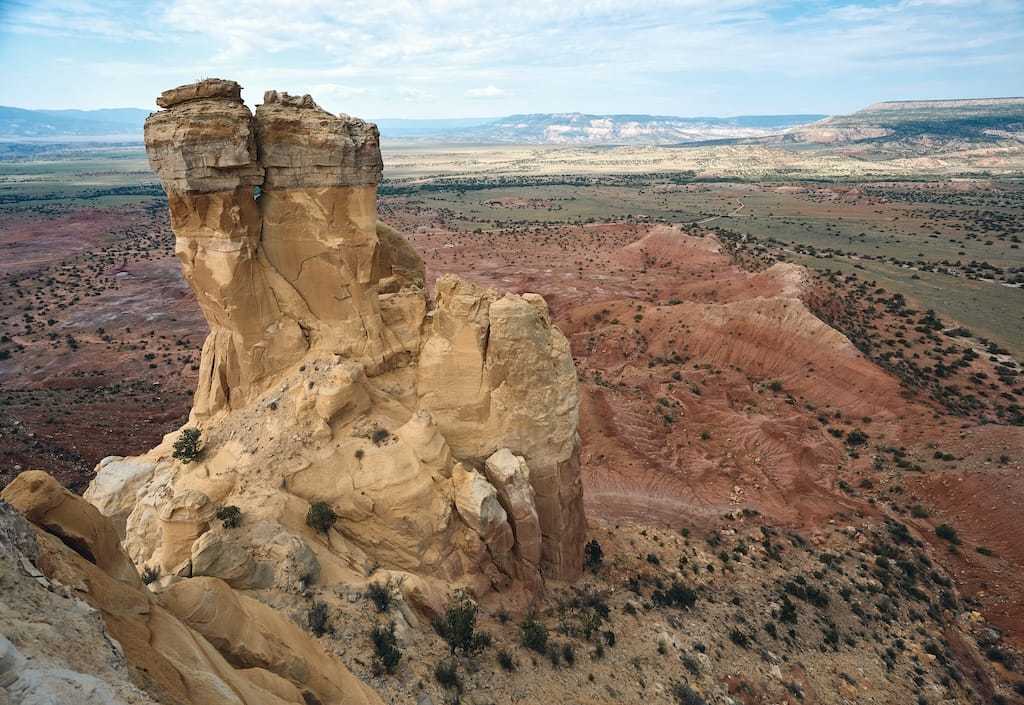New Mexico Releases BEAD Proposal Volume Two
The state plans to get fiber to up to 90 percent of its unserved locations.
Jake Neenan

New Mexico released volume two of its Broadband Equity, Access and Deployment initial proposal for public comment on November 14.
States are required to submit their proposals, which come in two volumes, to the National Telecommunications and Information Administration by December 27. Volume one details how states will ground-truth broadband coverage data, and volume two outlines states’ plans for administering grant programs with their BEAD funds.
The state’s broadband office is planning to make available all options laid out in the NTIA’s recent letter of credit waiver.
Before the waiver’s release on November 1, subgrantees under BEAD were required to obtain a letter of credit for 25 percent of their total project costs. That ties up cash, which advocates and broadband providers said would keep smaller companies from participating.
Under the new rules, states can use less capital-intensive measures like performance bonds and reimbursement milestones to ensure the financial viability of a project.
New Mexico does not expect to deploy broadband to all of its un/underserved locations and anchor institutions with BEAD funds. But the state’s volume two says the broadband office expects 80 to 90 percent of unserved locations, homes and businesses with internet slower than 25 * 3 Mbps, can be served with fiber-optic cable through the program.
In the event funds are left over after a single round of grant applications, the state is planning to negotiate directly with providers on expanding their project areas. If that fails or funds are still available, the state is planning to administer subsequent competitive grant processes.
Once that first round of grant applications are received, the state will set its high-cost threshold, the price at which BEAD rules allow the state to consider non-fiber technologies. If the first round results in viable plans to serve all unserved locations with fiber, the state may decline to set this threshold outright. The broadband office is planning to negotiate with bidders to get per-location costs below the threshold before awarding money to non-fiber projects.
On the climate front, wildfires will be the biggest hazard to new infrastructure. BEAD-funded projects across New Mexico will have to take standard precautions like redundant routes, according to the state’s volume two.
Comments on the plan are due by December 14.










Member discussion